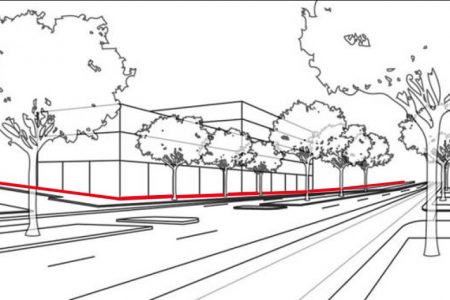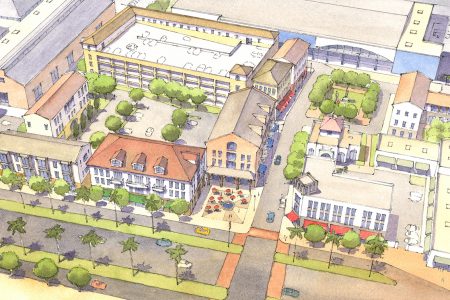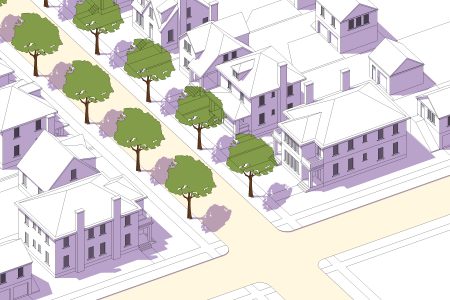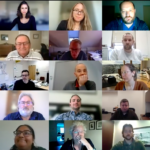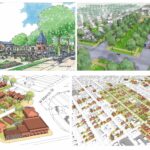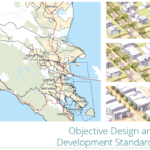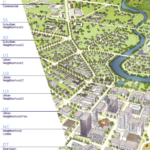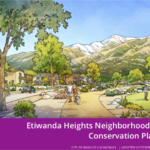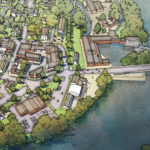FBCI Symposium Will Explore How Cities Can Be Redeveloped to Improve Public Health
Most of us know that a healthy lifestyle involves eating high-quality, nutritious food, getting regular exercise and plenty of rest, reducing stress and living in surroundings that lift the spirits. Unfortunately, typical American lifestyles often make it logistically — and in some cases, financially — difficult to maintain such a lifestyle. Many of us spend […]


